Trump's New Tariffs Shift Financial Burden onto Everyday Americans
In an unexpected move, former President Donald Trump has once again captured headlines by proposing a fresh wave of tariffs. As history shows, the implications of such financial policies are far-reaching, affecting not just international trade dynamics but also the day-to-day finances of average Americans.
Understanding the Latest Tariff Announcement
What the New Tariffs Entail
The most recent announcement by Trump involves imposing additional tariffs on various imported goods. This decision is aimed at protecting American industries and promoting local manufacturing, a key aspect of his economic policy. However, while the intention is to create a robust domestic market, the immediate consequences often reflect a different reality.
Historical Context of Trump’s Tariffs
Since 2018, Trump has utilized tariffs as a tool to renegotiate trade deals and recalibrate the national economic balance. The tariffs primarily targeted trade partners like China, the European Union, and Mexico, among others. While they have been successful in drawing attention to trade disparities, these measures have routinely led to increased product costs, which inadvertently trickle down to the American consumer.
Economic Impact on American Consumers
Tariffs: A Double-Edged Sword
Tariffs are designed to make imported goods more expensive, thus encouraging consumers to buy domestically produced products. However, the reality is that American companies often rely on foreign parts and materials to produce goods. This increase in production costs inevitably leads to higher prices for consumers.
Data Reflects Consumer Strain
Numerous studies and data analyses have consistently shown that tariffs effectively shift the fiscal burden onto American consumers. Historically, every uptick in tariffs has translated into higher prices for everything from electronics to groceries. This newest wave of tariffs appears poised to follow the same trend, placing additional financial pressure on households already grappling with inflation.
Evaluating the Justifications for Tariffs
Protectionism vs. Consumer Welfare
Proponents of tariffs argue that these measures protect American jobs and industries from foreign competition. By making imported goods more expensive, the idea is that domestic companies can thrive. However, the ripple effect on consumer prices and purchasing power has sparked debates about the broader implications on consumer welfare and overall economic health.
Balancing Act: Global Trade Relations
Another key aspect of imposing tariffs is maneuvering global trade relations. While tariffs can be a powerful negotiating tool, they also risk provoking retaliatory measures from other nations. Such tit-for-tat actions could worsen trade relationships, further exacerbating costs for consumers and businesses alike.
Strategizing for Consumer Resilience
Adapting to Price Increases
With the prospect of rising prices looming, consumers can adopt strategies to mitigate the impact of tariffs. This includes seeking alternatives in local products, practicing vigilant budgeting, and leveraging sales and discounts to continue affording essential items without compromising their financial stability.
The Role of Government Aid
Policymakers have a significant role to play in alleviating the financial burden on households. Government aid and stimulus packages that offset increased costs could provide temporary relief. Additionally, encouraging transparency in pricing can empower consumers to make informed purchasing decisions in a turbulent market environment.
Conclusion: The Road Ahead
As Trump’s latest wave of tariffs come into effect, the landscape of international trade remains tense and uncertain. While tariffs can potentially protect certain American industries, the indisputable reality is that the financial implications resonate with the everyday American consumer.
Balancing the desire to protect domestic interests with the need to safeguard consumer welfare requires careful strategizing and transparent policy-making. Navigating these economic challenges will demand collaboration and resilience from businesses, consumers, and policy leaders alike. As the situation evolves, keeping an eye on global trade developments and adapting strategies accordingly will be crucial to weathering the financial storms ahead.

